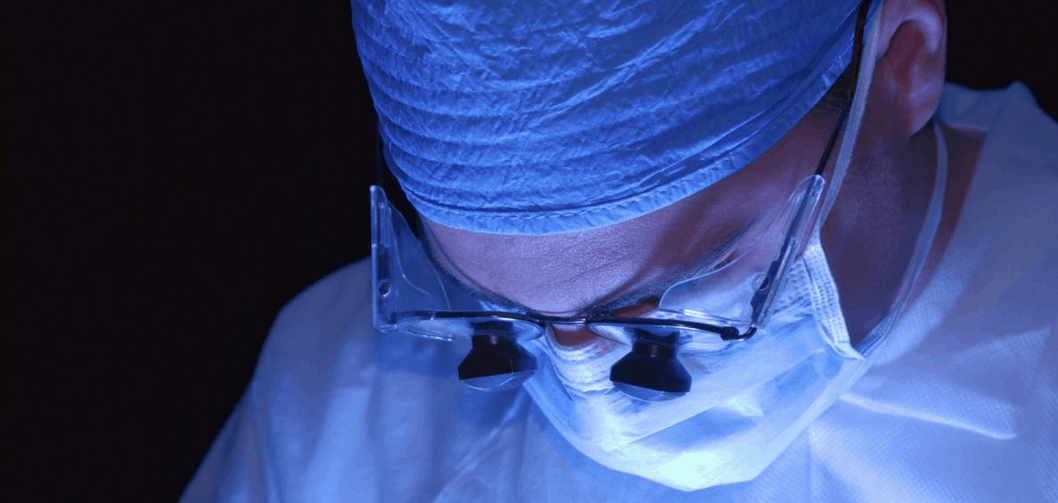A diagnosis of prostate cancer is not a death sentence. Quite often, the disease progresses slowly. Most men diagnosed with prostate cancer will live at least five years past the diagnosis, and 91 percent can expect to live at least 10 years past the diagnosis date. Treatments like chemotherapy, radiation, surgery, and Provenge may help extend your life. Talk to your doctor about all of your treatment options, including prostate cancer surgery. Surgery to remove the prostate gland can be effective if the cancer has not yet spread beyond the prostate.
If you’re considering prostate cancer surgery, communication between you and your doctor is essential. Ask him about the types of procedures, the potential risks, and the recovery.
Types of prostate cancer surgery
Orchiectomy
An orchiectomy refers to surgery to remove the testicles. The effect is similar to hormone therapy in that it lowers testosterone levels. However, it can usually do so much quicker than medications. Lowering testosterone levels can help slow the progression of prostate cancer. It is not a cure, however it may prolong survival and cause the tumor to shrink.
Radical prostatectomy
A radical prostatectomy refers to the removal of the prostate gland and some of the surrounding tissue. There are a few different approaches to the procedure.
- Open Surgery
With open surgery, an incision is made either in the abdomen (retropubic approach) or between the scrotum and anus (perineal approach). The former is used if the surgeon will also remove the lymph nodes. The surgeon will attempt to preserve as much of the nerves as possible to reduce complications. The perineal approach is not used as often.
- Laparoscopic
Laparoscopic surgery is minimally invasive, meaning that it requires a series of much smaller incisions and requires shorter recovery times.
- Robot-Assisted Surgery
Robot-assisted surgery means exactly what the name implies. Robotic arms are used to perform the surgery, which means that the surgery can be carried out with more precise movements. A surgeon controls the robot.
Risks of prostate cancer surgery
The risks of any surgery include complications from general anesthesia, blood clots, bleeding, pain, and infection. Surgery for prostate cancer may also lead to erectile dysfunction, changes in orgasm, nerve damage, urinary incontinence, groin hernia, lymphedema, and damage to the urethra or rectum. Ask your doctor about the potential complications and risks from the type of surgery that you will undergo.
Recovery from prostate cancer surgery
If you are going to have surgery to treat your prostate cancer, talk to your doctor about post-surgery recovery well before the operation. Plan to have someone stay with you for a while to help you out around the house. Talk to your doctor about taking care of the incision area. Expect to take sponge baths, rather than showers for at least a week (the incision must be kept dry). Expect to feel some numbness and tingling in the area, along with skin discoloration. This is perfectly normal, and it will go away in a few days.
Your doctor will give you a pain reliever prescription. If you need additional relief, talk to your doctor about what you should take. Avoid taking aspirin for three days following the surgery. Get plenty of rest, drink enough water, and maintain good nutrition. Your doctor will let you know when you may resume driving and sexual activity.
Read more in our Prostate Cancer Health Center.







